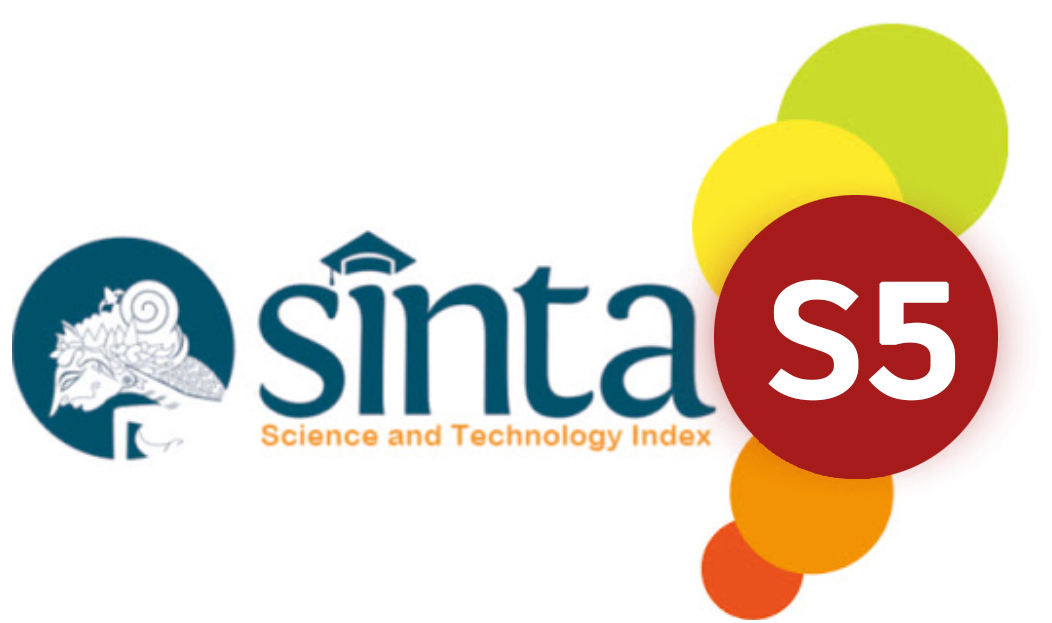Pengembangan lembar kerja siswa Sekolah Dasar berbasis etnomatematika dengan setting Candi Borobudur
Abstract
The background of this research is come from the fact which is not available in teaching material according to background from students culture in Indonesia. Therefore, the result of this research is to produce a product students Mathematics worksheet which is combination the material and culture value especially Borobudur temple. The aims of the research is to find out validation of product LKS elementary school based ethnomatematics with the setting of Borobudur temple on two-dimentional figure theory. The development model is used in this research is ADDIE (Analysis, Design, Development, Implementation and Evalaluation). This research has produced a student worksheet which is integration ethnomatematics of Borobudur Temple in a two-dimentional figure theory that is valid. The criteria of validity is find out from 6 validator assesments, these are 2 media experts with an average of 3.3, 2 theory experts with an average of 3.4, and 2 learning experts with a score of 3.5. The average of the overall ratings is 3.4 categorized valid. Based on these results, LKS which is developed categorized valid.
References
Dahlan, J. A., & Permatasari, R. 2018. Pengembangan Bahan Ajar Berbasis Etnomatematika Dalam Pembelajaran Matematika Sekolah Menengah Pertama. Jurnal Nasional Pendidikan Matematika, Vol. 2, No. 1, p.136. Diakses dari https://eprints.uny.ac.id/52525/ pada tanggal 30 Mei 2019.
Erni, P. A. & Riawan, Y. P. 2017. Implementasi Etnomatematika dalam Pembelajaran Matematika di Sekolah Dasar. The 6th University Reseach Colloqium 2017. Diakses dari http://repository.umpwr.ac.id:8080/handle/123456789/91 pada 12 Januari 2019.
Khabibah. 2006. Pengembangan Model pembelajaran Matematika dengan Soal Terbuka untuk Meningkatkan Kreativitas Siswa Sekolah Dasar. Surabaya: Disertasi. Tidak dipubliksikan. Doktoral Universitas Negeri Surabaya.
Khalimah, N., Farin, K, I., Nikmah, M., Ni’mah, K., Jatmiko. 2017. Budaya Kediri Dalam Pembelajaran Matematika (Pengembangan Lembar Kegiatan Siswa (LKS) Berbasis Etnomatematika Melalui Pendekatan Saintifik). Jurnal Ilmiah Pendidikan Matematika, Vol. 2, No. 1, p. 70. Diakses dari http://journal.upgris.ac.id/index.php/JIPMat/article/view/1482 pada tanggal 17 Juli 2019.
Mulyatiningsih, E. 2011. Pengembangan Multimedia Interaktif Pada Mata Pelajaran IPA Materi Mendeskripsikan Dasar Hidup Hewan Di Lingkungan Sekitar Siswa Kelas IV Sekolah Dasar. Jurnal Ilmiah Pendidikan Guru Sekolah Dasar, Volume 2, hal. 70-85, 2017. Diakses dari https://ejournal.unib.ac.id/index.php/pgsd/article/ view/3333 pada tangal 17 Juli 2019.
Prastowo, A. 2015. Panduan Kreatif Membuat Bahan Ajar Inovatif. Yogyakarta: Diva Press.
Rosa, M & Orey, D, C. 2006. Current Approaches in the Ethnomathematics as a Program: delineating a path toward pedagocical action. Bolema, Vol. 19, No. 26, p. 7.
Sugiyono. 2011. Metode Penelitian Kuantitatif, Kualitatif dan R & D. Bandung: Alfabeta.
Sutardjo, I. 2008. Kajian Budaya Jawa. Surakarta: Fakultas Sastra dan Seni Rupa UNS.





